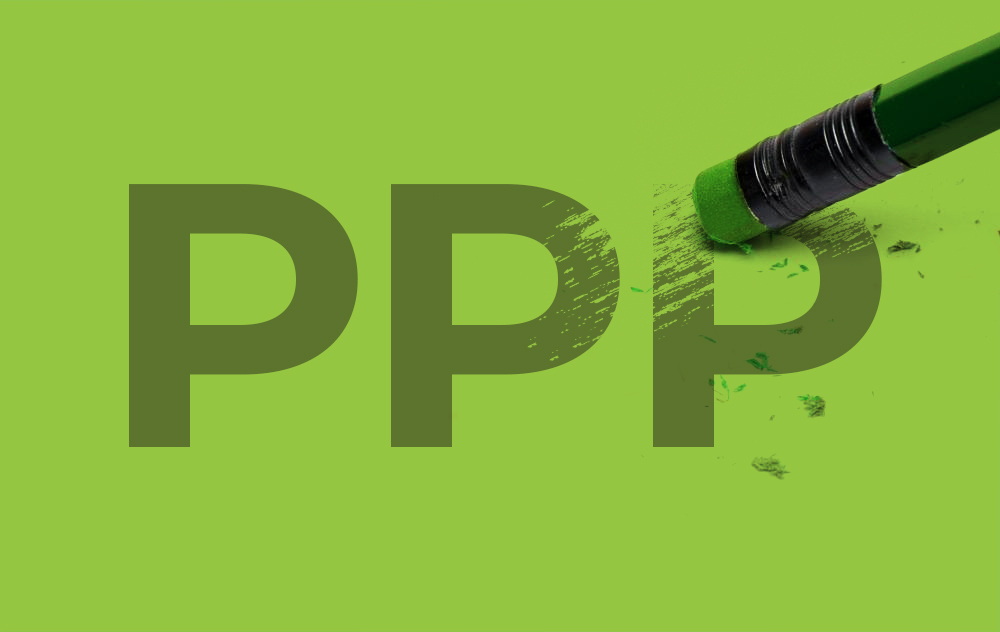You have to admit that your heart jumped when you finally got confirmation that you received a Payroll Protection Program (PPP) loan from the SBA. This meant that your business had an increased chance of making it through the corona economy. But how do you maximize the Payroll Protection Plan loan forgiveness so it does not turn into a loan?
PPP funds are targeted for specific expenses during the eight-week period (currently up to June 30, 2020) following receipt of the funds and small business owners must understand the rules to gain the maximum forgiveness. In the 880-page CARES Act, the PPP list of eligible expenses are a minimum of 75% for “payroll costs” and 25% can be used for other allowable uses for the funds. At some point later this year, the lending bank is probably going to audit your company to make sure the loan can be forgiven. (This changed in June 2020. See new guidelines here.)
The SBA defined payroll is defined as:
“…consist of compensation to employees (whose principal place of residence is the United States) in the form of salary, wages, commissions, or similar compensation; cash tips or the equivalent (based on employer records of past tips or, in the absence of such records, a reasonable, good-faith employer estimate of such tips); payment for vacation, parental, family, medical, or sick leave; allowance for separation or dismissal; payment for the provision of employee benefits consisting of group health care coverage, including insurance premiums, and retirement; payment of state and local taxes assessed on compensation of employees; and for an independent contractor or sole proprietor, wages, commissions, income, or net earnings from self-employment, or similar compensation.”
An independent contractor or sole proprietor can pay 100 percent of PPP to themselves up to $100,000.
Excluded are:
- Federal employment taxes imposed or withheld between Feb. 15, 2020, and June 30, 2020
- Sick and family leave provided by the Families First Coronavirus Response Act (FFCRA) since there already is federal relief here
- Any compensation for employees exceeding $100,000 annually
Other eligible expenses:
- Insurance premiums
- Rent and mortgage interest payments
- Utility payments (electricity, gas, water, transportation, telephone, or internet access for which service began before Feb. 15, 2020)
- Interest payments on any other debt obligations that were incurred before Feb. 15, 2020
Other requirements:
The PPP also ties loan forgiveness to two other points which can be confusing:
- Employee compensation and full-time equivalent employee (FTEE) count. Loan forgiveness will be reduced dollar for dollar by a reduction in employee compensation during the loan period that is greater than 25% of the total salary or wages of the employee during the most recent full quarter during which the employee was employed prior to the loan period.
- PPP forgiveness is also tied to the borrower’s FTEE count. Loan forgiveness will be reduced by the same ratio as the FTEE count declined. According to the CARES Act, the borrower has a choice: It can choose to compare its FTEE count on June 30, 2020, to either its average FTEEs per month between Feb. 15, 2019, and June 30, 2019, or the average FTEEs per month between Jan. 1, 2020, and Feb. 29, 2020.
The IRS definition of FTEEs is calculated by adding the hours of part-time employees on a monthly basis and dividing by 120, and employees who work 30 hours or more are counted as full-time. Keep in mind, the purpose of this money was to keep people employed.
What happens if you are not ready to open up your business since the local government has your community still in shelter in place? Should you pay your employees for not working so at least they get some compensation and you don’t have to pay back the loan? This is a difficult decision since we don’t know at this point if the SBA will extend the June 30, 2020 deadline for forgiveness.
Remember, if you can’t meet these criteria, the PPP money converts into 2 year loan at 1% which still is inexpensive capital.
Note that expenses that companies that use for PPP that are forgiven are no longer tax deductible.
Thank you to Gould Ratner for information in this blog post.

